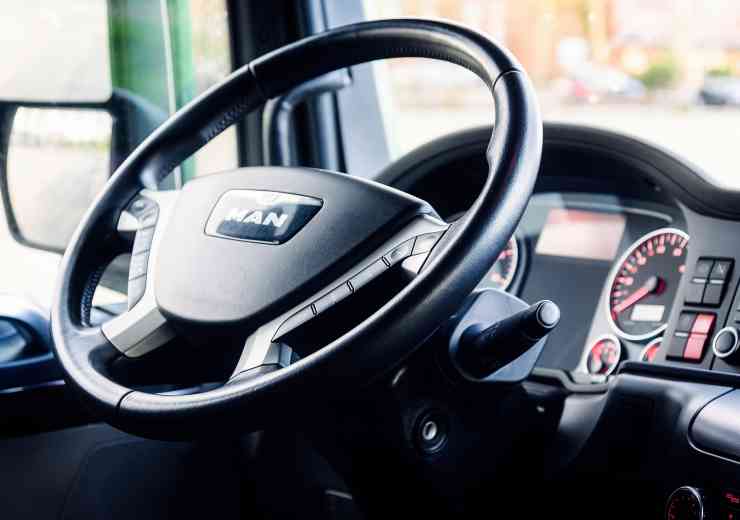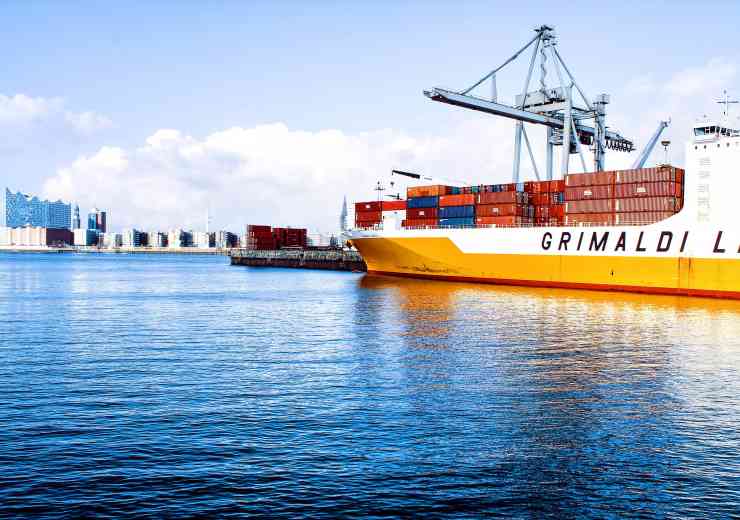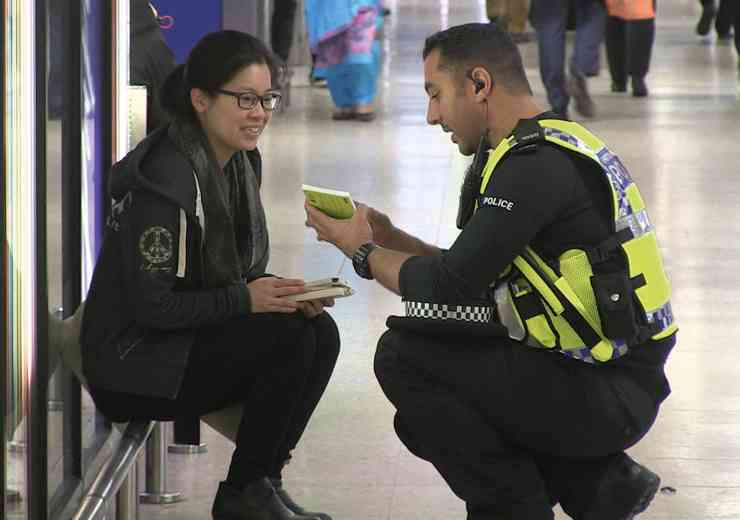
How transport organisations can build resilience against terrorist attacks
Tracy Reinhold, chief security officer at Everbridge, looks at what transport organisations can do to build resilience against an attack.
Emergencies can impact any transport operator at any time. Infrastructure failings, disruption caused by extreme weather, or accidents, can have an immediate and disruptive effect. However, it is rare for any critical event to have quite the impact of a terrorist attack on a public transport service. These are the events that make news worldwide with long-term ramifications not just for the transport operator, but for all staff, passengers and emergency services involved, the wider community and even the country in which the attack took place.
Most critical incidents involving public transport can be resolved reasonably quickly and are contained within the groups directly affected. A terrorist attack is more likely to see lives lost or threatened. But there are counter measures that transport organisations can put in place to build resilience. These encompass assessing risk factors, anticipating how a terrorist incident might unfold and implementing practices to reduce the impact of an attack on their operations and safeguard employees and passengers.
Several factors need to come together to create operational resilience, and corporate culture is at the core. Organisations are only as resilient as their people, so public transport companies should invest in training, mentoring, and resources that promote the well-being and mental health of their employees. Contented employees are better positioned to cope with crises and are more engaged in managing them. Collaboration is also important. This happens when companies recognise their successes, encourage employees to learn from their mistakes, and foster their collaboration.
Employees then develop a strong sense of community and stick together in times of crisis. Leaders can set a good example. By implementing clear guidelines, setting realistic expectations and always being available, they create trust and stability among employees, which pays off in critical situations such as a terrorist attack.
Assessing the risk of an attack
Proactive risk management together with continuously updated contingency plans are essential. A priority list of experts, technicians and helpers from within the transport operator needs to be agreed in advance. They will initiate the critical incident plan and begin necessary and informed communications. This is important because control during an emergency can so easily be lost, leading to chaos. Aligning specific actions to specific people ensures that messages are clear, rumours and panic are quickly allayed and employees, passengers and those helping have accurate and timely information. Avoiding misinformation, particularly in the wrong hands, is vital for a quick resolution of the incident. Transport operators need a critical incident communications plan.
It should detail responsibilities and processes, who talks to whom and when, and what information they share. In addition to internal contacts, there may be external groups, such as passengers, partners of employees, or the public that will require communications and updates. As public transport companies operate critical infrastructure, there may also need to report to authorities such as the police. When companies prepare templates for messages ahead of time, it helps them communicate efficiently and accurately during an emergency. Different audiences will need different information, but key messages must be consistent and not contradictory to keep everyone on the same page.
Transport companies should plan for multimodal communication. The more channels they use, the more likely they are to reach all audiences. Ideally, recipients should receive information through all of today’s channels including SMS texts, push messages, email, and voice messages on both personal and work landlines and mobile phones. Companies should then practice their planned procedures without the pressure of an emergency. This will give them the confidence that everything will work in the event of a terrorist attacks and allow them to identify and address any weaknesses in their plans.
Building resilience with technology
Organisational resilience can be enhanced immeasurably with the use of technology. Transport operators will benefit from an integrated critical event management (CEM) software solution that allows them to connect business continuity, disaster recovery, and risk management tools. By doing this, they can assess the risk of an attack, seamlessly disseminate information across teams, and avoid disruptions that get in the way of responding quickly to a critical event. At the core of a CEM platform is a data hub that collates all the information relevant to an emergency and manages all the necessary processes.
Data from a wide variety of sources can flow into such a platform, including information from publicly available sources such as police channels, media reports, and social channels across which discussions are monitored. The platform brings this data together and visualises it clearly. As a result, public transport agencies can be alerted to impending dangers early, understand the impact on their own systems, and respond quickly. Crisis teams can coordinate all response activities, teams, and resources within a single application. Everyone involved, from management to emergency services can work from a common, up-to-date, and consistent view of the situation.
The processes that public transport operators have defined in their emergency plans can be implemented and managed in a CEM solution in the form of rules, guidelines, and templates. In the event of a terrorist attack, the software can then automate many processes using a workflow system. This eliminates the time lost to manual activities and the human errors that occur under the pressure of a critical event. In particular, the communication to warn those affected and to inform emergency services on the ground, or at the site, should be automated. Ideally, the CEM platform supports two-way communication. In case of doubt, crisis teams know who is safe or whether they need to initiate the next escalation level through feedback or lack of feedback. In addition, the communication system should be able to scale quickly if needed - for example, if transportation companies need to inform a very large number of employees or passengers at short notice, which is likely in an extreme emergency such as a terrorist attack.
digital issue




















